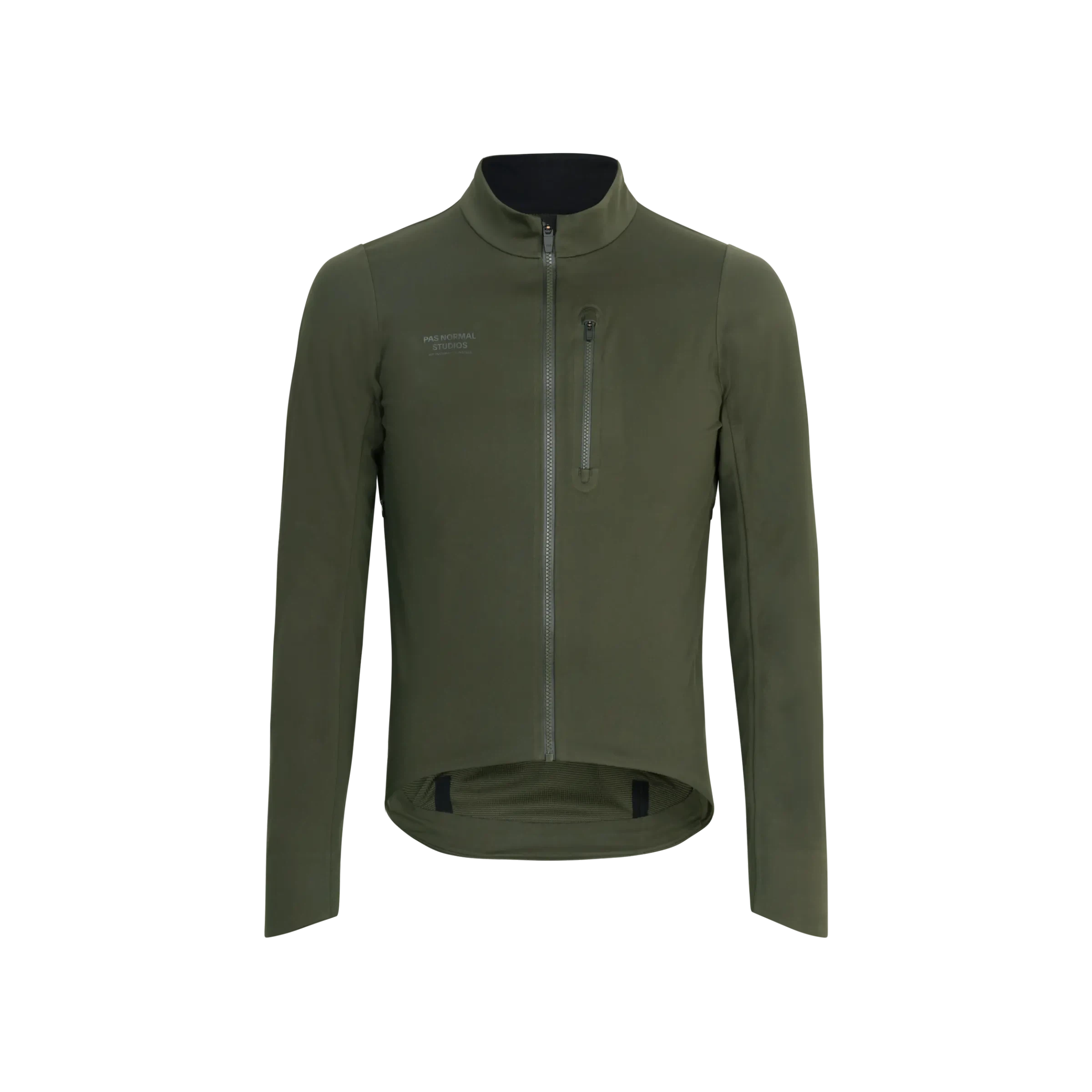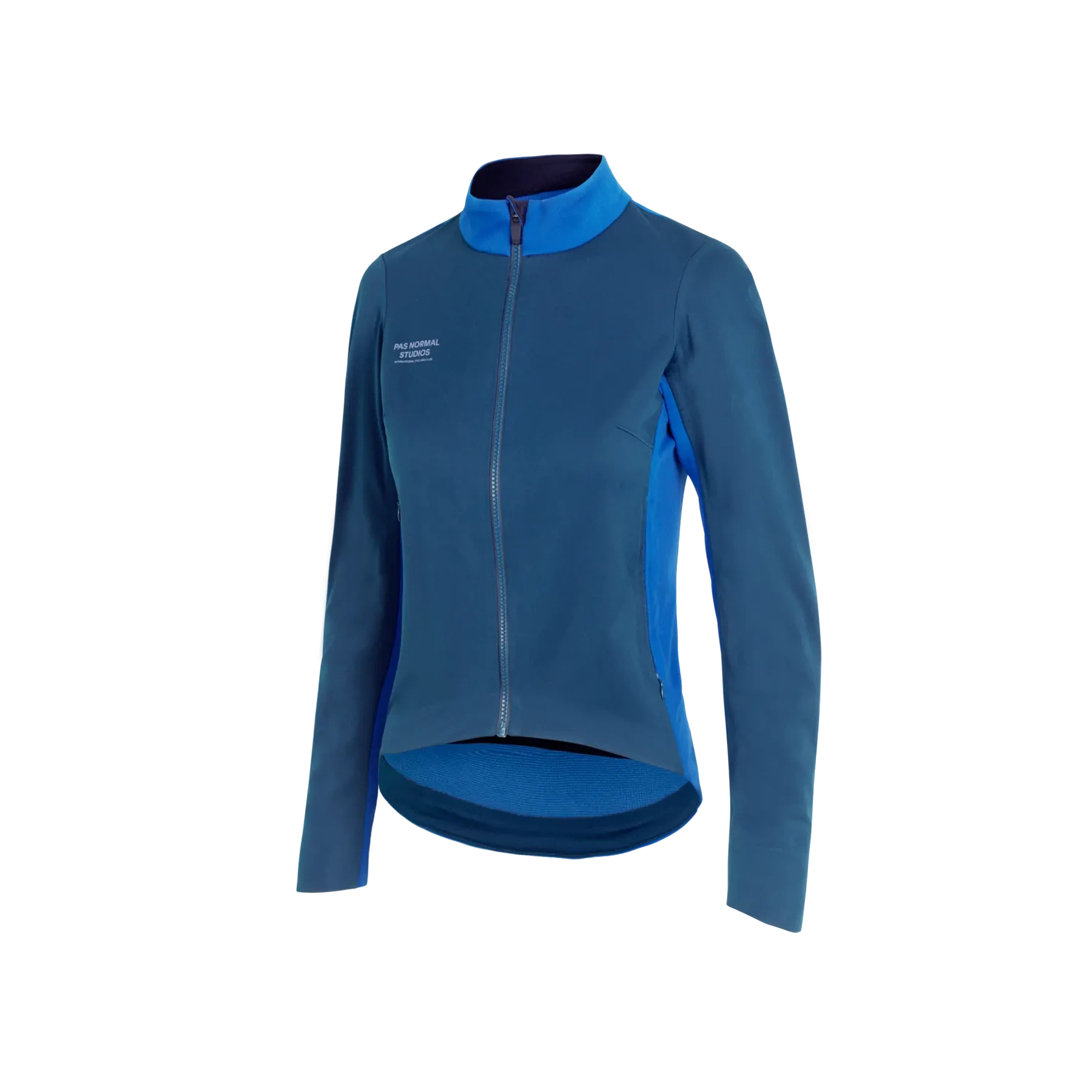
The bicycle saddle or “seat” is arguably the most personal part of a bike. It is very difficult for one saddle to work for everyone. Primarily because of the finite, and unique differences between everyone’s pelvis. Furthermore, these differences increase when comparing a men’s pelvis versus a woman’s pelvis. I won’t go into vast detail as to why this is, as we are talking bike education and not sex education here. This should be quite self-explanatory and explains why gender saddles exist.
Now how do we navigate amongst what seems to be an endless list of options available on the market? In my experience, the best approach is to get a better understanding of how to support an individual’s pelvis when it comes to being positioned on a bike. The ideal is to distribute as much weight on bone and muscle allowing for increased blood flow and efficiency, which results in more comfort. What needs to be established first is the distance that exists between the “sits” bones or ischial tuberosity bones. This can be accomplished using a gel pad measurement tool. The rider will sit on this pad aiming to place weight directly on the sits bones for several minutes to create an impression that is then measured.

Why is this is so important?
The sits bones are the lowest hanging point of the pelvis. When you identify the appropriate width of this area you can then select a saddle to support that measurement and prop the sits bones properly. This will allow a more gradual distribution of weight over the other contact areas that you bare weight on, such as the adductor muscles, and the inferior pubic bones. The result is weight being placed on the exterior, and less on the central area of the pelvis where many critical arteries reside.
It is becoming more common to see saddles being offered in various different widths, and many with large central cut-outs. These features make the ease of obtaining ideal weight distribution much easier. We are also seeing more saddles that are shorter or “snub-nosed.” The design benefit emphasizes more contact towards the rear section of the saddle, eliminating pressure on the front of the saddle, while surprisingly maintaining a decent amount of support overall.
The foundation of any sound fit places a fair reliance on pelvic support as it affects so many things. It will influence how we pedal, and what range of motion we can create. Our pelvis is also connected to our spine, and the position of the pelvis will dictate the curvature setting of the spine. That chain will determine neck and head positioning and our ability to view the road. Lastly spinal position will affect how we will connect with the handlebar.
Even though determining saddle width is very important, it doesn’t start and end there. Establishing the proper fore-aft positioning with saddle height, and the vertical and horizontal distance to the handlebar will help round out how the saddle will work for you.
The investment in identifying and solidifying the perfect saddle for you through proper fit will definitely pay dividends when you are out on your bike enjoying every kilometer.
Frank Mizerski
Master Retul Fitter









Leave a comment